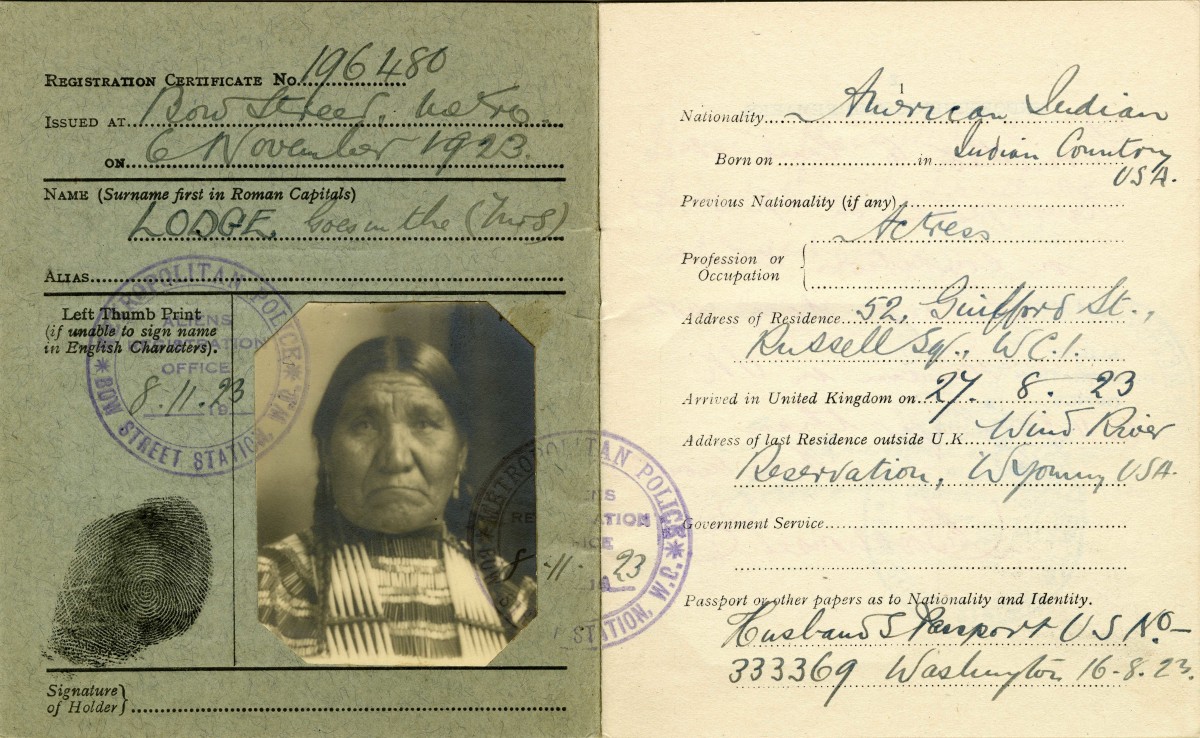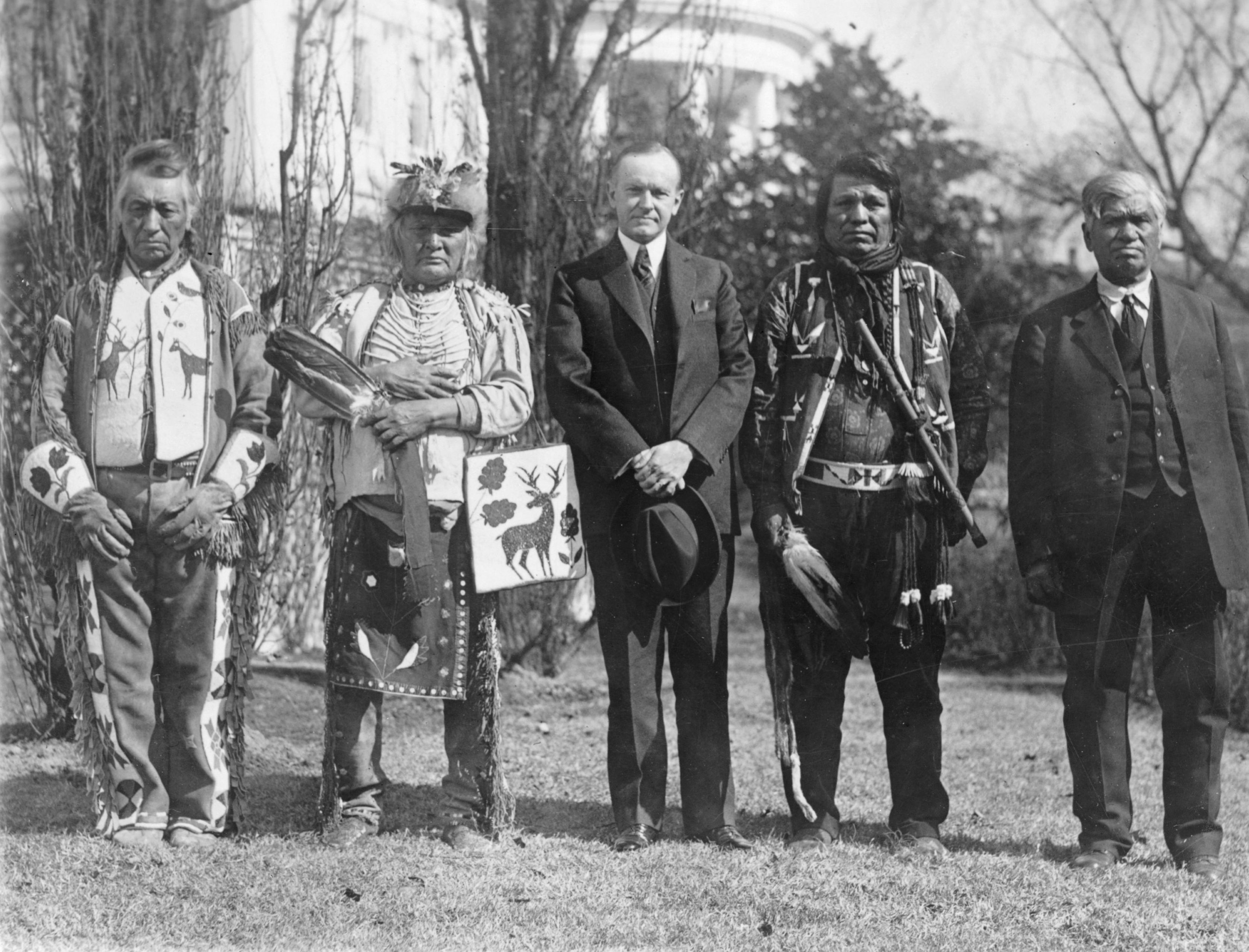The direction of my investigation has shifted significantly since my last post, adapting to circumstance, and I think for the better. After failing to hear back from a majority of schools and educators I reached out to across the country to participate in educational surveying, and many others too busy in the early weeks of the school year to be able to commit to anything, I decided that orienting my direct surveying into an online platform could reach the largest and most representative percentage of respondents, as well provide more expansive and impactful data, rather than going straight to individual schools. I’ve also found that directing my focus on state curricula and the most widely-used American history textbooks gets more at the root of both the issue and solution that my research is directed at.
I’ve collected copies of over fifteen of the most popular American history textbooks used in American schools, taking cues and suggestions from the American Textbook Council, the SPLC report on American slavery, and other studies that have targeted the same topic of systematic American miseducation, which I’ve found extremely helpful in compiling a reliable list of titles. I then developed a rubric to score the textbooks on how well they teach Native American history, and its effects on inequality today. I spent over a week reading through each title, and the results aren’t encouraging. For example: in The Americans, published by Houghton Mifflin Harcourt, “one of the most commonly used American history textbooks,” as Richard Rothstein notes in his The Color of The Law (where he criticizes the text for using a mere single passive voice sentence to teach residential segregation in the North), this is what is said about why modern day Native inequality exists in America: “one thing that these diverse tribes and nations have shared is a mostly bleak existence in the United States and a lack of autonomy, or ability to control and govern their own lives.” That’s all. No mention of why that “bleak existence” came about; no mention of the American government’s role in creating that bleakness; no real mention of the effects of racial, legal or political discrimination.
And the state curricula/standards I’ve studied aren’t any better. I’ve discovered that Montana is the only state that has a constitutional mandate requiring schools to integrate Native American history into their instruction. For the other eleven states I’m researching (those with the highest proportion and populations of Natives), Native American history is simply taught as a footnote in Colonial history. I found a really impactful work by James Loewen entitled Lies My Teacher Told Me: Everything Your American History Textbook Got Wrong, and in particular a chapter in it that briefly discusses really what is at the heart of my research:
Historically, American Indians have been the most lied-about subset of our population. That’s why Michael Dorris said that, in learning about Native Americans, ‘One does not start from point zero, but from minus ten.’ High school students start below zero because of their textbooks, which unapologetically present Native Americans through white eyes. Today’s textbooks should do better, especially since what historians call Indian history (though really it is interracial) has flowered in the last twenty years, and the information on which new textbooks might be based currently rests on library shelves.
It’s been encouraging to find a few disparate resources like this hinting at the need for research like mine, and it’s pushed me to feel justified in synthesizing both these calls for investigative action, as well as that actual action. As I write this, I’ve finished compiling all of an immensity of computer-freezing, memory-surpassing data spanning from educational standards to thousand-page textbooks, legal studies to literary critiques, nineteenth century news articles to presidential discourse, and am working it all into a streamlined report that will provide a novel and holistic way to look at this issue in its entirety.


